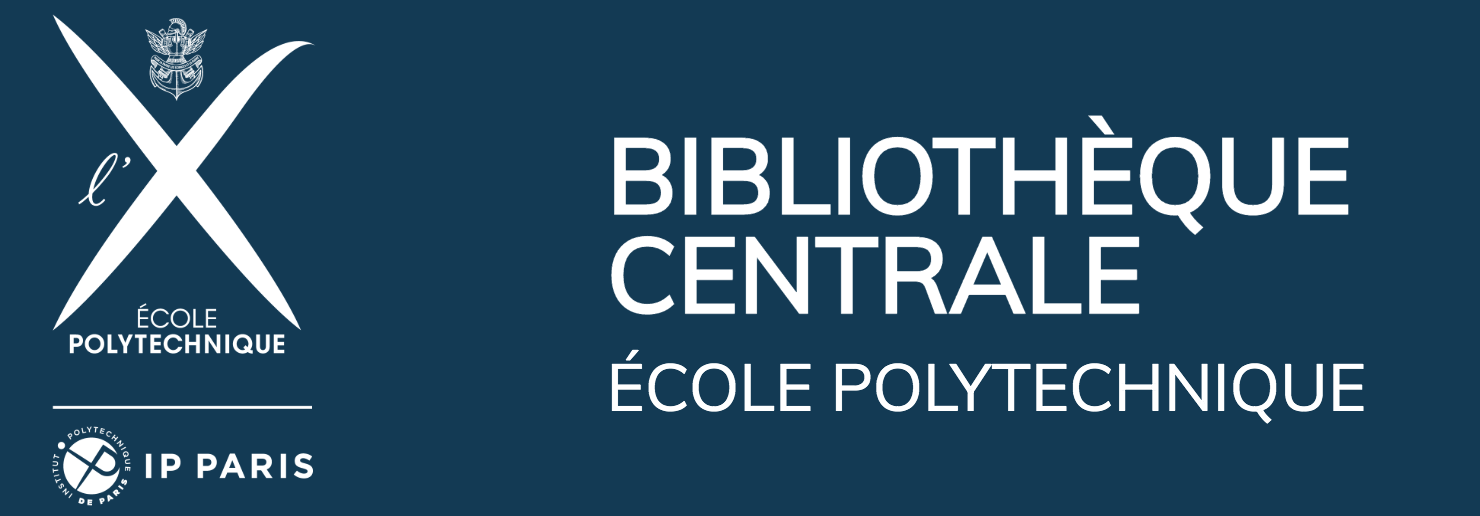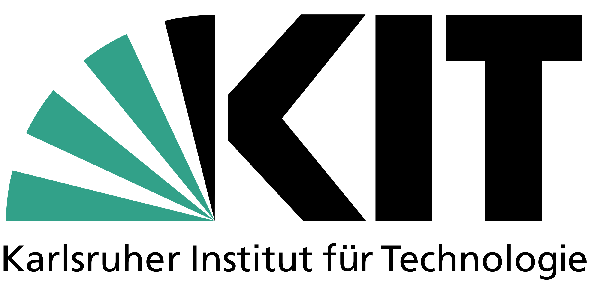UNPARK. The second life of an infrastructure in a high-density urban environment
DOI:
https://doi.org/10.19229/2464-9309/972021Keywords:
infrastructure, urban regeneration, fragile territories, governance, upcyclingAbstract
The UNPark research project moves within the boundaries of urban mining, applying the idea of ‘wasted architecture’ to be salvaged and repurposed for urban infrastructures, thus ‘reclaiming public space’ where it was not previously possible. The underlying assumption is that there is latent potential hidden in infrastructures, waiting to be discovered and developed through upcycling operations which add new and creative uses to their original functions – uses that are closer to citizens’ actual needs and capable of having a positive impact on urban dynamics. The sphere of action for UNPark is the Serra-Monte Ceneri flyover in Milan; however, the multidisciplinary approach, evidence-based design and final considerations of the project are all transferrable to a range of national and international contexts. With this in mind, the contribution aims to cast light on a topic with a great deal of potential to fuel debate within the discipline as well as our cities.
Downloads
Article Metrics Graph
References
Abruzzese, L. and Farinella, R. (2019), “Linee di sutura – Prospettive d’intervento per infrastrutture di mobilità obsolete – Il ‘Minhocão’ di San Paolo come risorsa urbana”, in Confini, Movimenti, Luoghi – Politiche e progetti per la città e territori in transizione – Atti della XXI Conferenza Nazionale SIU, Firenze, 6-8 giugno 2018, Planum Publisher, Roma-Milano, pp. 40-48. [Online] Available at: planum.net/xxi-conferenza-siu-2018-pubblicazione-atti [Accessed 28 March 2021].
Barazzetta, G. and Neri, G. (2019), “Silvano Zorzi Ingegnere Contemporaneo”, in archi | Rivista svizzera di architettura, ingegneria e urbanistica, n. 5, pp. 35-39.
Bélanger, P. (2017), Landscape as infrastructure – A Base Primer, Routledge, New York.
Bélanger, P. (2009), “Landscape as infrastructure”, in Landscape Journal, vol. 28, issue 1, pp. 79-95. [Online] Available at: doi.org/10.3368/lj.28.1.79 [Accessed 28 March 2021].
Boulding, K. E. (1966), “The Economics of the Coming Spaceship Earth”, in Jarrett, H. (ed.), Environmental Quality in a Growing Economy, Johns Hopkins University Press, Baltimore, pp. 3-14.
Burnham, S. (2021), This Could … – How Two Words Create Opportunity, Increase Creativity, and Reduce Waste, VRMNTR, Boston.
Burnham, S. (2018), Reprogramming the City – Adaptive Reuse and Repurposing Urban Objects for New Uses, VRMNTR, Boston.
Campioli, A., Dalla Valle, A., Ganassali, S. and Giorgi, S. (2018), “Progettare il ciclo di vita della materia – Nuove tendenze in prospettiva ambientale | Designing the Life Cycle of Materials – New Trends in Environmental Perspective”, in Techné | Journal of Technology for Architecture and Environment, vol. 16, pp. 86-95. Available at: doi.org/10.13128/Techne-23016 [Accessed 27 April 2021].
Cossu, R. and Williams, I. D. (2015), “Urban mining – Concepts, terminology, challenges”, in Waste Management, vol. 45, pp. 1-3. [Online] Available at: doi.org/10.1016/j.wasman.2015.09.040 [Accessed 28 March 2021].
De Francesco, G. (2017), “I jardines elevados de Sants a Barcellona – Un’infrastruttura contemporanea”, in L’industria delle costruzioni, vol. 454, pp. 98-102.
Ferlenga, A., Biraghi, M. and Albrecht, B. (2012), L’architettura del mondo – Infrastrutture, mobilità, nuovi paesaggi, Compositori, Bologna.
Hochuli, A. (2020), “The Minhocão highway of São Paulo – Living with the big worm | Il Minhocão di San Paolo – Vivere con il vermone”, in Domus web, 12/03/2020. [Online] Available at: domusweb.it/en/architecture/gallery/2020/03/12/living-with-the-big-worm.html [Accessed 28 March 2021].
Ingersoll, R. (2018), “Road Kill – On the Violence and Pacification of Infrastructures”, in C3 Magazine, special issue Infrastructure, pp. 10-21.
Lederer, J., Laner, D. and Fellner, J. (2014), “A framework for the evaluation of anthropogenic resources – The case study of phosphorus stocks in Austria”, in Journal of Cleaner Production, vol. 84, pp. 368-381. [Online] Available at: doi.org/10.1016/j.jclepro.2014.05.078 [Accessed 28 March 2021]
Lefebvre, H. (2014), Il diritto alla città, Ombre Corte, Verona.
PUB – Singapore’s National Water Agency (2018), Innovation in Water – Singapore, vol. 10. [Online] Available at: pub.gov.sg/Documents/Innovation_in_Water_Singapore_Vol10.pdf [Accessed 28 March 2021].
Sposito, C. and Scalisi, F. (2020), “Ambiente costruito e sostenibilità – Materiali riciclati e Design for Disassembly tra ricerca e buone pratiche | Built environment and sustainability – Recycled materials and Design for Disassembly between research and good practices”, in Agathón | International Journal of Architecture, Art and Design, vol. 8, pp. 106-117. [Online] Available at: doi.org/10.19229/2464-9309/8102020 [Accessed 29 April 2021].
Schiaffonati, F. (2016), “Il territorio delle infrastrutture | The territory of infrastructures”, in Techné | Journal of Technology for Architecture and Environment, vol. 11, pp. 12-21. [Online] Available at: doi.org/10.13128/Techne-18395 [Accessed 27 April 2021].
Shannon, K. and Smets, M. (2010), The landscape of contemporary infrastructure, NAi Publishers, Rotterdam.

Downloads
Published
How to Cite
Issue
Section
License
This Journal is published under Creative Commons Attribution Licence 4.0 (CC-BY).
License scheme | Legal code
This License allows anyone to:
Share: copy and redistribute the material in any medium or format.
Adapt: remix, transform, and build upon the material for any purpose, even commercially.
Under the following terms
Attribution: Users must give appropriate credit, provide a link to the license, and indicate if changes were made; users may do so in any reasonable manner, but not in any way that suggests the licensor endorses them or their use.
No additional restrictions: Users may not apply legal terms or technological measures that legally restrict others from doing anything the license permits.
Notices
Users do not have to comply with the license for elements of the material in the public domain or where your use is permitted by an applicable exception or limitation.
No warranties are given. The license may not give users all of the permissions necessary for their intended use. For example, other rights such as publicity, privacy, or moral rights may limit how you use the material.


















































































